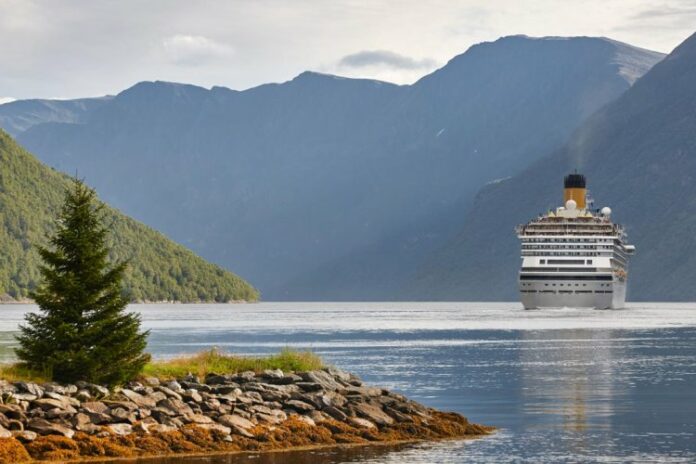On 2 January 2023, the Norwegian Maritime Authority (NMA) submitted a proposal for a regulation regarding emissions of the greenhouse gases carbon dioxide and methane in the world heritage fjords and the use of the best available technology to reduce nitrous oxide emissions
The amendments will enter into force on 1 January 2026. To give regional authorities and other affected parties a realistic opportunity to adjust and adapt to the new requirements a transitional arrangement is being proposed, permitting the use of biogas under certain circumstances.
This will help ensure that the world heritage fjords will remain ports of call beyond 2026. The proposed measures will reduce the emissions in the world heritage fjords and contribute to preserving the world heritage fjords.
“It has been important for the NMA to stand by the requirement from the Storting to achieve zero emissions in the world heritage fjords by 2026. We want to be a driving force for the green development, and we believe that the industry will succeed,” says Director General of Shipping and Navigation, Knut Arild Hareide.
The NMA has been working with the assignment since March 2022. According to project manager Henrikke Roald, it has been challenging to maintain the balance between a requirement for zero emissions on the one hand with, on the other hand, the wish to facilitate future port calls.
“It is our opinion that the proposed transitional arrangement, permitting the use of biogas, will provide regional authorities and other affected parties a realistic opportunity to adjust and adapt to the new requirements,” Roald remarks.



